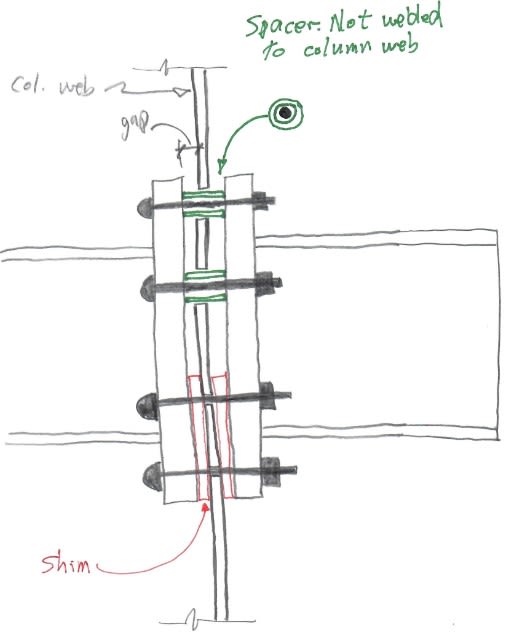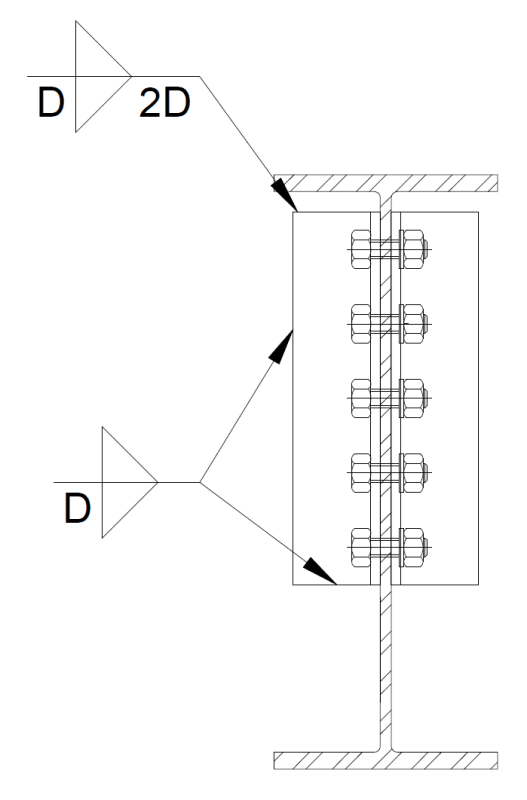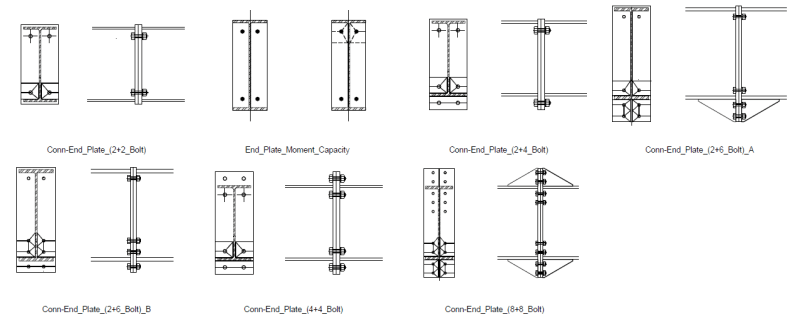BAretired said:
Moment in the column can be safely ignored because, as previously stated, it is self limiting by the beam rotation.
I get what you're saying with that but, strictly speaking, I don't believe that the self-limiting nature of the problem alone guarantees that column will not feel any adverse affects from the moment coming into the joint. I believe that it is the stiffness of the beams that shield the column from joint moments.
mte12 said:
The issue that I have though is that the column is working hard with all other loads, and even though the beam is stiffer, there is still some moment transferred to the column.
I might be inclined to take it in the other direction and make the moment connection to the column as stiff as possible such that the beams can be relied upon to provide meaningful rotational restraint to the column at the joint. This likely increases the effort of column analysis a bit but might be a robust way to squeeze more mileage out of the column.
Given that the column exists, I worry a bit about the practicality of erecting your proposed connection:
a) Will the backspan beam be able to be threaded in between the column flanges without excessive shimming or fitup issues? This will depend on the framing condition at the other end of the beam.
b) With bolts common to two end plate connections, will that complicate erection? Given that it's meant to be a beam moment splice, you'll likely not want to clip the end plates and have "erection only" bolts.
These concerns might also tilt me towards a connection that promotes moment transfer to the columns. With some flange plates welded to the column flanges, you might have more erectable options available to you. Of course, you'd also then have to give some consideration to the impact of welding to an existing column under stress.
I know that we have some specialty steel connection designers in the room here. I'll defer to their judgement on the erectability front.





